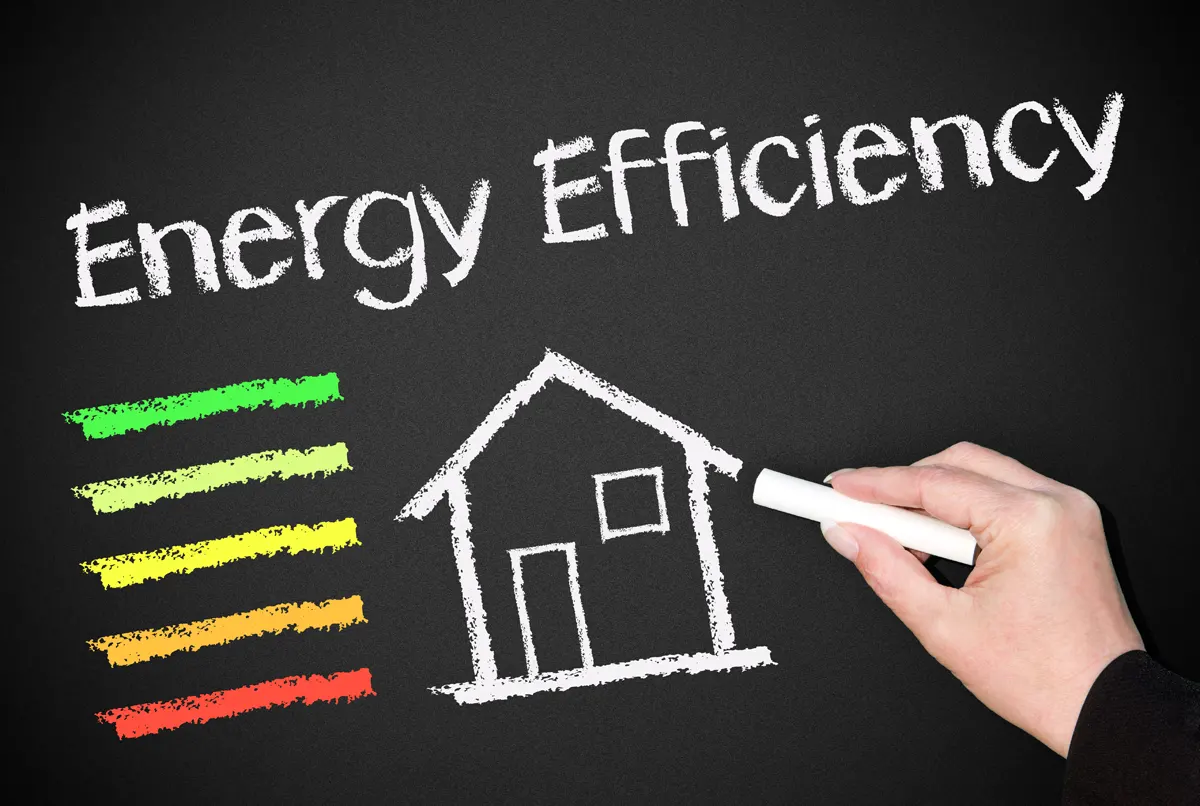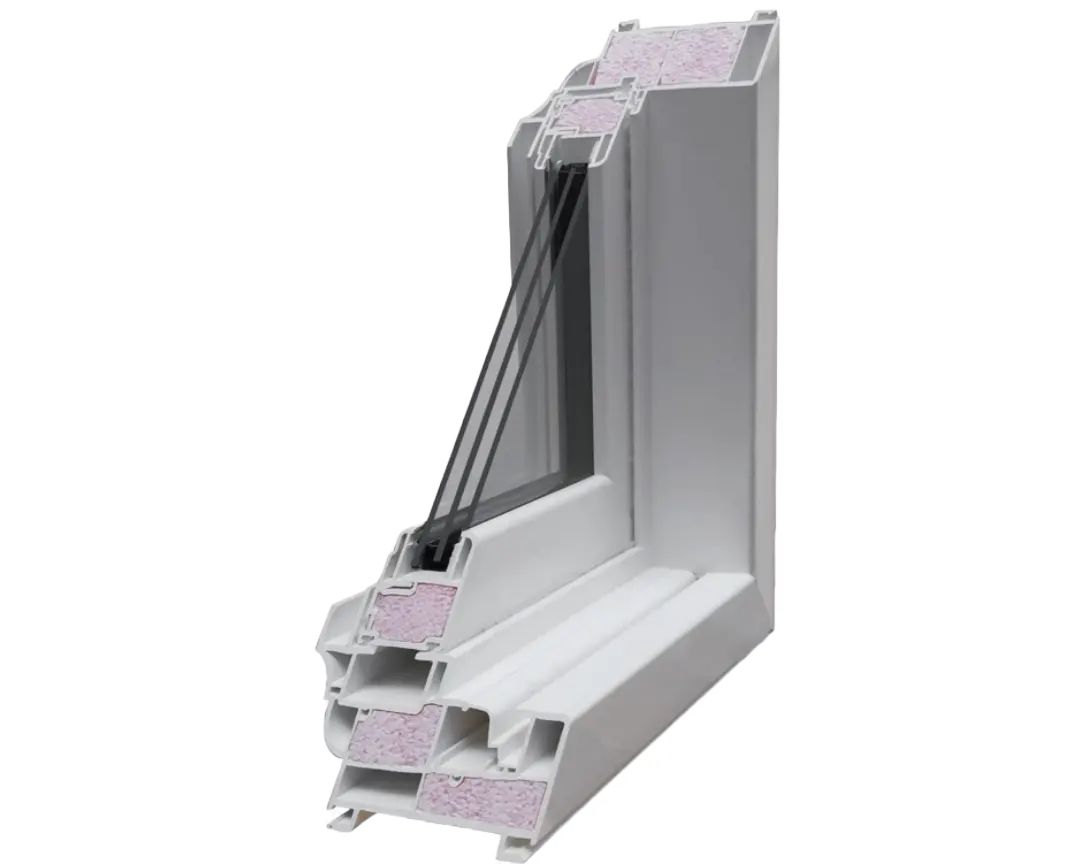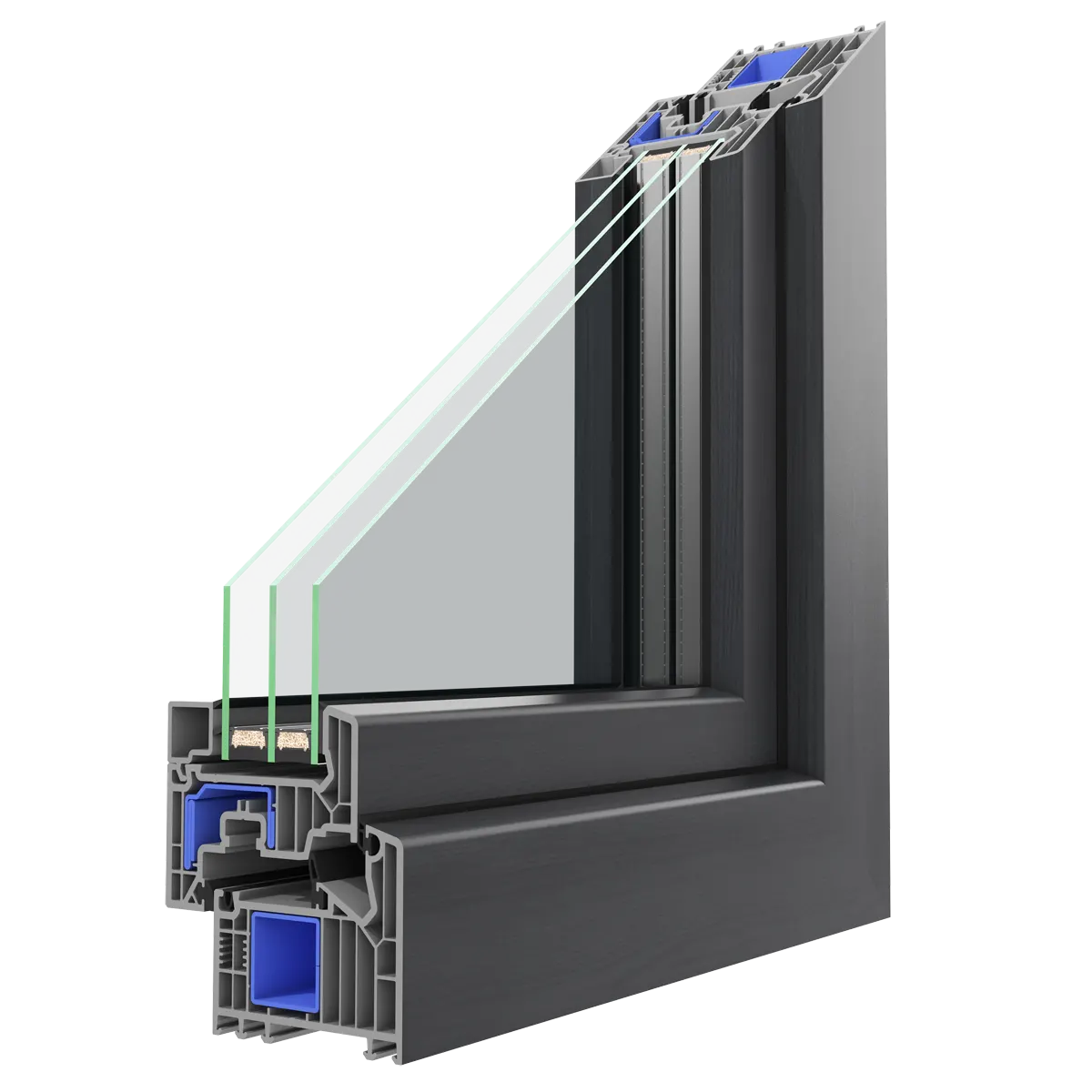ENERGY EFFICIENCY AND ENERGY BILLS
Window Technologies Have Advanced Over The Years
In the 1950s and 1960s powerful mechanical heating and cooling systems became widely available and energy was very inexpensive. Concerns about natural environment were distant. Homes were not designed to save energy and they needed large loads of energy to keep people comfortable year round. Inefficient single-pane windows were the weakest link in homes’ energy envelopes. Energy was moving freely in and out of the home.

In the 1970s energy costs increased rapidly and window manufacturers developed energy efficient windows. But his new technology was not catching on for a long time for one reason. The cost of energy efficient windows greatly exceeded the return on investment.
Today, with the skyrocketing energy costs, raised concerns about the environment, and changing lifestyles, the role of the windows has a new meaning. New window technologies are now available to address these issues. Finally, the cost of using energy efficient windows is getting in line with the return on investment.
2023 Energy Star Requirements
Window technologies underwent major revolution in the 1970s. And energy efficient windows became even more energy efficient in the recent years.
The U.S. Environmental Protection Agency revised ENERGY STAR requirements and had made them even more stringent. In Northern Climate Zone new requirements are U-Value of 0.22 and any SGHC (Solar Heat Gain Coefficient). What does it mean for the average consumer? It means that now the Energy Star windows will have to perform even better energy wise. This translates into more energy savings for the consumer and lower utility bills. These changes took effect on October 23, 2023.
Why Are These Changes Being Implemented?
Homes account for 40% of all material and energy use worldwide with windows being the weakest link to the integrity of the homes’ energy envelope.
Energy efficiency is the national priority.

ENVIRO STAR double-hung window with triple-pane glass. U-Value 0.16 – 0.19
uPVC insulated VINYL – Preferred Material For Window Frames
uPVC vinyl frame with its excellent thermal properties, low maintenance and affordability continues to gain market share and becomes the most preferred window frame for energy efficient windows of the future.
TRIPLE-PANE HIGH PERFORMANCE WINDOWS MEET ENERGY STAR
CRITERIA
The Department of Energy is promoting windows with R-Value 5. This program was initiated to promote windows with U-Values lower than 0.22 (R5). According to government research, lowering the U-Value from 0.30 (R3 window) to U-Value 0.22 (R5 window) may reduce the average heat loss through the windows by 40% and save even more money on energy bills.
Last year I installed seven triple-pane ENERGY STAR windows in my house in CT. My gas budget had been $386.00 per month for a couple of years. After 1 ½ years it is now $228.00. We did not lower our thermostat. I am upgrading to more attic insulation and a newer high-efficiency furnace soon. I am interested in seeing what happens.”Ric W.
No double pane window is currently ENERGY STAR rated in North-Eastern climate zone to which the states of Connecticut and Massachusetts belong. Most triple-pane windows with Argon or Krypton gas fills meet or exceed ENERGY STAR requirements for CT and MA.
TRIPLE-PANE REBATE SAVINGS
The states of Connecticut and Massachusetts offer Triple-Pane Rebate for homeowners who replace their old windows with new triple-pane windows.
The rebate is offered by EnergizeCT Program in Connecticut and Mass Save Program in Massachusetts.

PAVA tilt and turn window with triple-pane glass. U-Value 0.13 – 0.17
US HOMEOWNERS LOVE TILT + TURN WINDOWS
With their unique single-action hardware, tilt and turn windows are the easiest windows to open and clean.
The simple „clean – line” design can improve curb-appeal on any home from modern to traditional colonial home. With their thermally designed 7-chamber frame construction and high – performance triple-pane glazing system these windows can achieve U-Value as low as 0.17 with Argon gas and 0.13 with Krypton gas. PAVA windows are Passive-House Institute certified.


